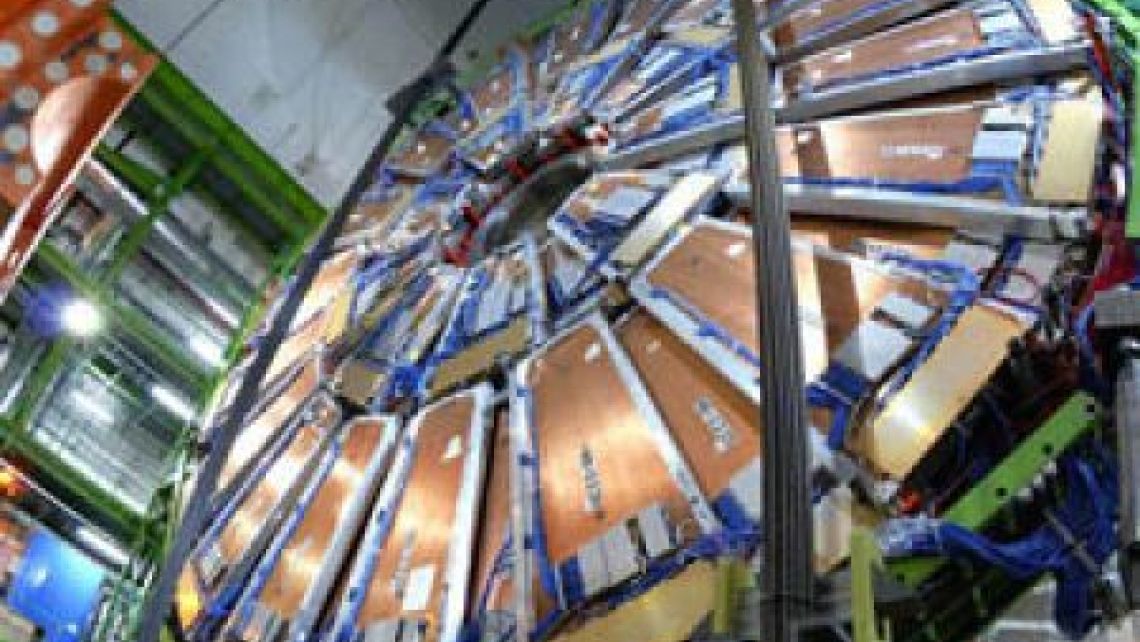Why is CMS so big?
Why is CMS so big? lucasIt may seem strange that to record the Universe’s tiniest constituents we need the world’s most powerful machines and detectors. But the detector needs to be big because the particles flying out of the collisions have such high energies that it takes big distances to absorb them. And the higher the energy, the greater the amount of material needed.
A bigger detector also means the possibility of obtaining more accurate measurements. To measure the momentum of a particle we track its path through a magnetic field, as the greater the momentum the less it bends within it. The bigger the detector, the more measurements can be taken in “tracking” the particle, meaning more accuracy in the momentum calculation.
As this measurement gets harder with more energetic particles, to maintain the required accuracy we need a strong magnetic field to bend the paths as much as possible. This brings with it other size requirements, as the field needs to be guided and contained by an iron “return yoke”. The amount of iron grows in size in proportion with the magnetic field, so for the 4 Tesla CMS magnetic field, 100,000 times stronger than that of the Earth, we use 12,000 tonnes of iron.
As a result of all of this, CMS is 15 metres in diameter and weighs around the same as 30 jumbo jets or 2,500 African elephants. And though it is the size of a cathedral, it contains detectors as precise as Swiss watches.

CMS detector in a cavern 100 m underground at CERN's Large Hadron Collider.